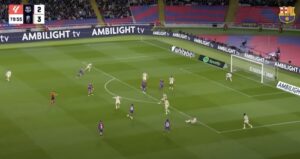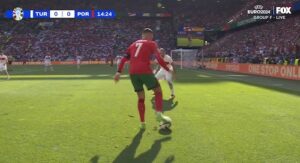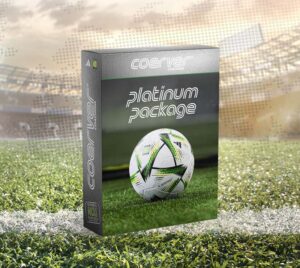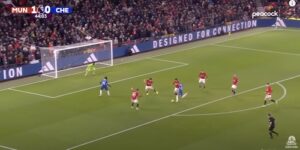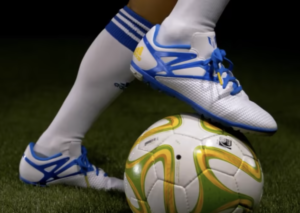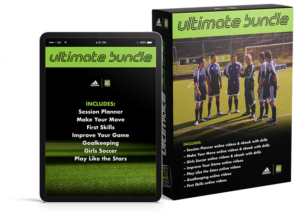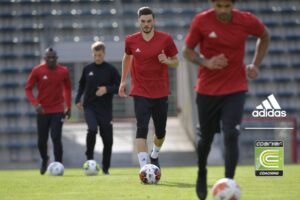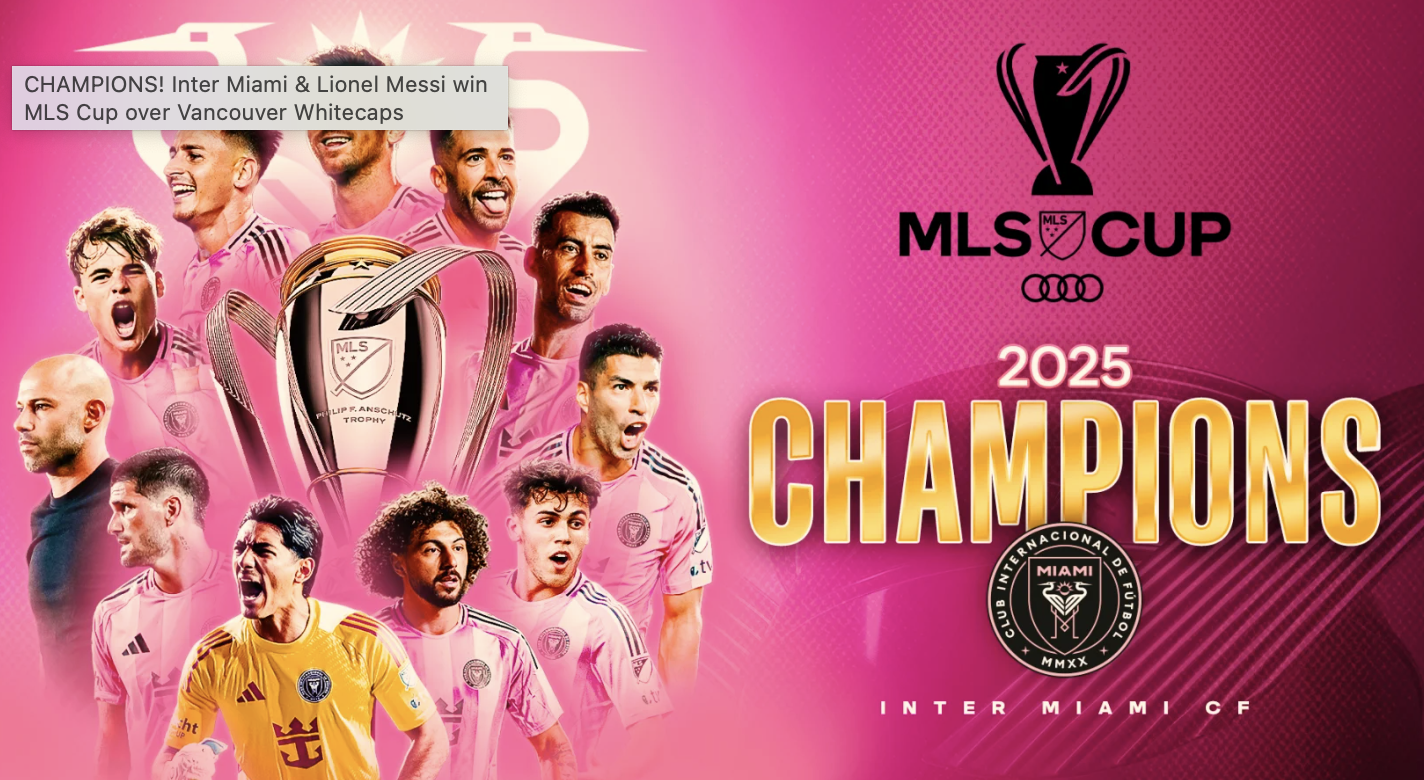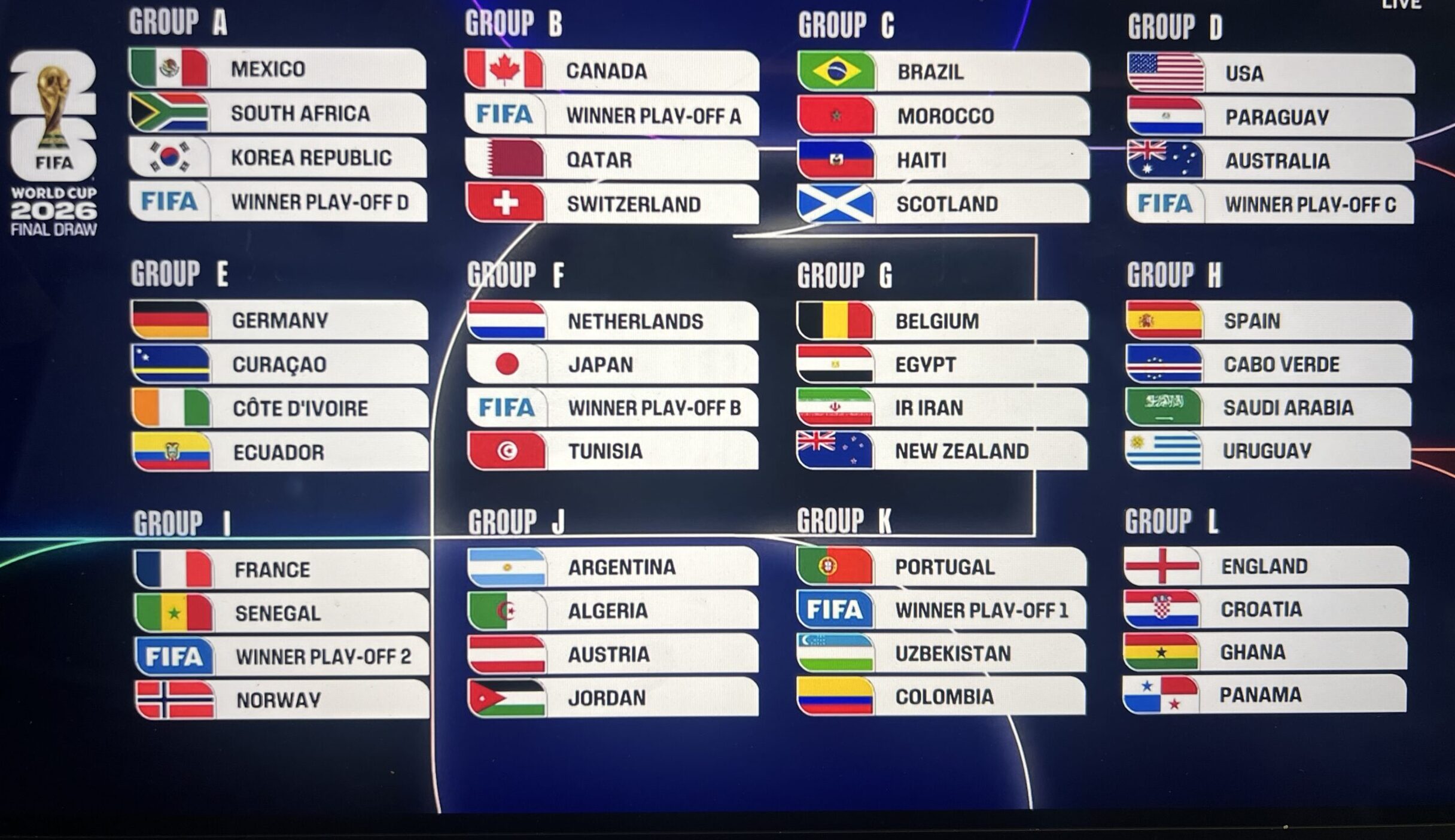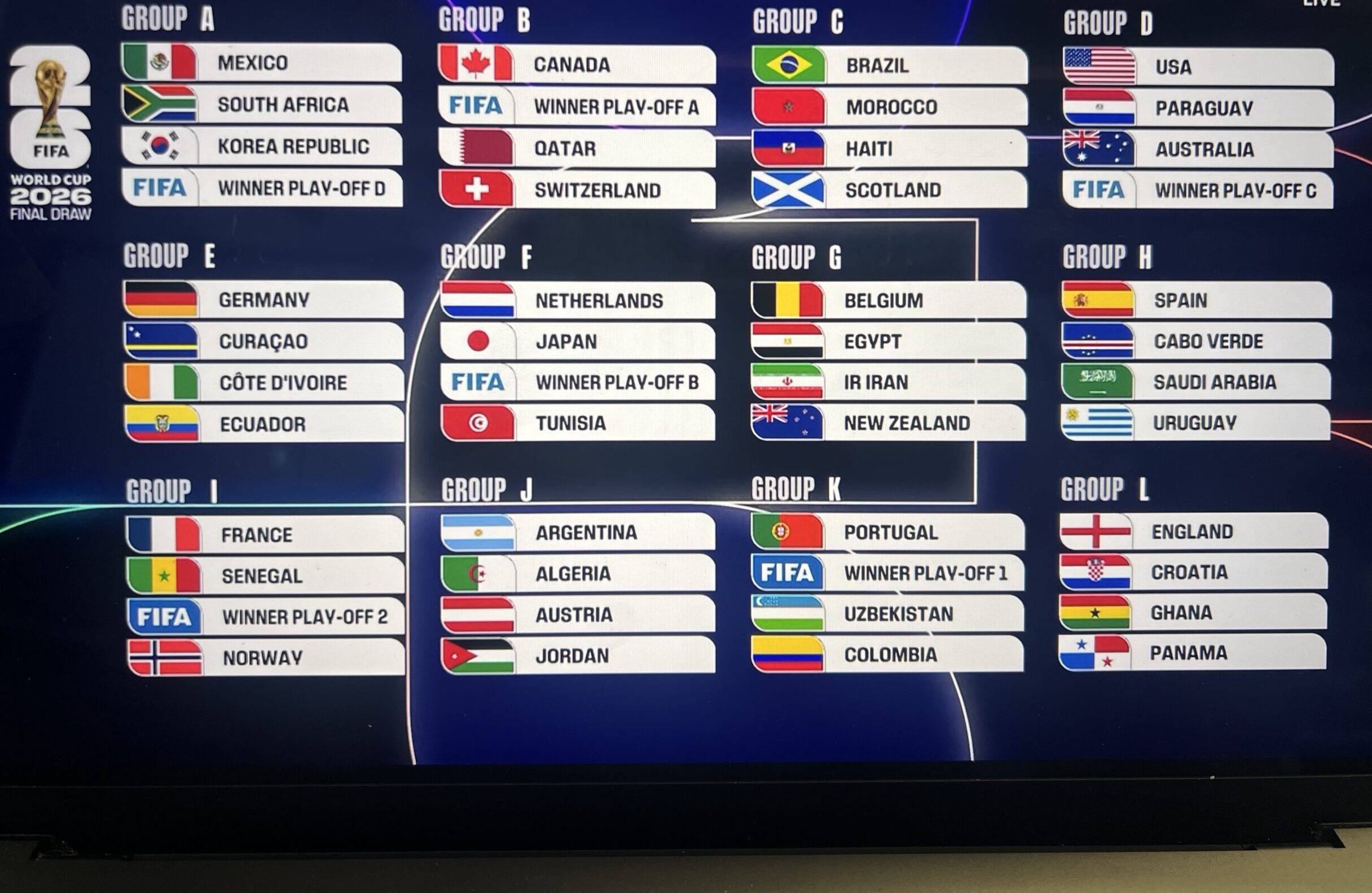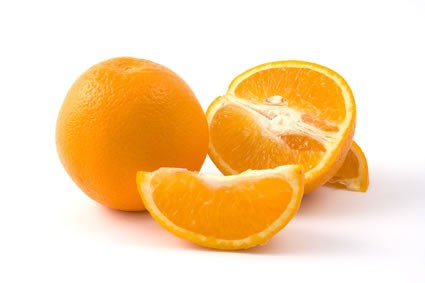
Yes, those classic orange slices after a game are still a good idea.
By Coach”V”
OK, I’ll admit it. I’ve put this article off for almost two years. It’s a complex issue and I wanted to make it easy to understand, but not over simplified. What triggered my urge to get it done? A good intentioned, but poorly informed, flyer put out by a grocery chain about eating right.
(Targeted towards youth soccer families.)
In this flyer they were discussing the recent negative press high carb / refined / processed foods were getting. They were stressing that eating only low carb food and complex carb foods was a “good replacement” for healthy eating. After my head exploded and I put the pieces back together, I sat down to write this.
First, if your child is obese, overweight, diabetic, or has other eating / health issues, this is not for you. I am talking about the healthy competitive soccer player that trains hard several times a week. Their body is a “PROCESSING MACHINE” and needs the right fuel at the right time. (Just doing the touch stations we show in the SoccerU series can burn 350 calories in 30 minutes.) I have trained soccer players at all levels of play and ages; from young 7 year olds to professional players training 6 days a week, twice a day. Getting this right is more important than most people know.
Next, I will not be giving you a “lifetime eating chart”. I am focusing on the 24 – 48 hours prior to competing. REMEMBER… Long term body development, health and growth are different from pre-game preparations.
Important note… Kids are weird!
Get this straight. This is not a nutrition article from the USDA. It’s a REAL WORLD guide for youth soccer players. While much of the same information is used for adult players, we have to understand the “mind of the child” in this formula.
One of the key issues with youth players is that they often can’t overcome eating habits / tastes / phobias, for the sake of health and nutrition.
The greatest food NOT eaten? What if I told you about a TOP SECRET soccer drink? OK, put raw oysters, broccoli, and mushrooms into a blender, then add chicken broth and puree. Now set it in front of you child and see what happens.. NOTHING. It might be the secret to becoming a “star player” but guess what? It’s not going down. We have to face the reality. Younger athletes will generally eat a limited range of foods. Something simple as color, texture or smell can make them say, “No way.”
Also, youth players will generally “fill up” faster. Making sure that they get the PROPER carb intake is very important since their VOLUME of eating is generally lower. Whenever possible, eliminate ALL snacks near / just before meal time. They should come to the table hungry. (After main meals, snacking is encouraged.) Also, avoid large consumptions of fluids BEFORE eating. They should drink while they eat and afterwards. Large amounts of fluids will take away hunger and fill the stomach with low value volume.
Next, let’s figure out what to eat and when.
Step One…
Learn the groups. (Simplified)
Carb –Level 1 Pure “hyper energy” in its simplest form. (Sugars)
Carb –Level 2 Fast energy available within 1 – 4 hours. (Processed foods – white flour – starches – etc)
Carb –Level 3 Slow energy available within 3 – 7 hours. (Complex carbs – whole grains – roughage veggies – etc)
Protein – (Meats – Poultry – Eggs – Etc)
Fats
Step Two…
What do we use as “fuel”?
The body burns mostly carbohydrates as fuel. (Yes, fats and proteins are used but the body uses what is easiest first.) Excess fuel is first stored in many places including the red blood cells, muscles, and liver as Glycogen. Then once those reserves are full, it stores excess as body fat. Long distance runners and athletes that perform sports for long periods of time, actually start to burn fat for fuel. However, since most youth matches are limited to around an hour, we don’t see this much.
Therefore, building reserves and refueling is critical.
The “stored fuel tank” will last different lengths in different players. Studies vary on this but most seem to indicate that somewhere around the 60 – 120 minute mark of continuous hard paced exercise is when stored fuel, glycogen reserves, can start to be depleted. This is often referred to as “hitting the wall”.
Step Three…
How are the fuels, processed, stored and delivered?
This is almost too complex of an issue to deal with thoroughly, however we are dealing with pre-game eating so this makes it easier. Just keep this thought in mind. The body will store excess fuel for later use. So, as game time approaches we want to “load” or even overload. We want our diet to be switched from “balanced” to over weighted with FUEL. (We cut down on fats and proteins, but not eliminate them, and focus on carbs.) The percentages vary from expert to expert but the number goes as high as 75% in some studies for pre-loading.
Important note… Slow steady fueling
We simply can’t shove large amounts of sugars or simple carbs into our body at the last minute, or close to game time. This may increase the release of insulin and actually hinder what we are trying to accomplish. (As well as trigger low blood sugar levels.) Therefore the best practice is a mixture of simple and complex carbs over a longer period of time. As game time approaches we run out of time for heavy digestion, so “easier” fuels are needed.
You will constantly hear that you should focus on “complex carbs” for long term loading, but let’s be real. They’re kids. You can’t force them to eat what they won’t, and they can only eat so much. We cannot apply the same rules to adult athletes to kids. If your child is an “eating machine” then you probably can go with this premise. However, I have seen too many youth players eat very little and fill up fast, not getting enough carbs. This is why I prefer to see youth players switched over to level 2 carbs for the last 12 – 24 hours.
24 – 48 hours before…
48 hours – 24 hours before game time we focus on a mixture of level 2, and 3 carbs as a higher part / percentage of our diet. The closer we get, the lower the number. Complex carbs are helpful the days before, but our body must do a larger amount of “work” to turn these into available energy or excess fuel for storage.
Complex carbs are harder for the body to “breakdown” and process. Our body actually has to burn energy (work harder) to digest these foods. Much more so than “simple carbs”. Our body works less for a greater amount of FUEL, therefore we have excess that will be stored. As game time approaches it does little good for us to fill our body with “future fuel”, (complex carbs). That is, fuel that will not be available until after the game, or being digested heavily during the game. Timing is critical.
Hours before… (and in-between matches on the same day)
If we have a game at 11am, it does us little good to be eating whole wheats, grains and raw vegetables at 8am. We need an energy source that will be READY very soon. We also don’t want our body to be heavy into a “hard digestive process” DURING the activity. So we would drop to level 2 carbs such as white flour based foods and “some” limited sugars. These will be converted much quicker and available to us sooner. We should also provide the body and digestive process with plenty of fluid. So, eating a big bowl of steel cut oatmeal an hour before the game will probably do more harm than good. It can also cause GI discomfort and steal energy for digestion with little to no return.
Last 90 minutes before and during…
Almost too late… Really at this point it is too late to try and fuel the body. Trying to go to level 1 carbs, (sugars) may trigger a hypoglycemic or even a hypoglycemic “type” reaction, Idiopathic postprandial syndrome. (I have seen this both in my own body and many youth players.) It also may trigger a spike in insulin release which will cause low blood sugar levels.
The last hour before the game (and during the game / half time) is used for liquids and mild levels of level 1 carbs. Sports drinks are formulated with a very low percentage of carbs for this reason. (Often in the 2% – 6% range) During long matches your body may “shut down” digestion, so adding “fuel” at this point is probably not useful.
If any foods are eaten at this point they should be very limited and level 2 or 1 and 2 mixture. A few crackers and some sports drink.
The Fuel Time Line… (Simplified)
The body will burn easy fuel first, fuel that is present in the blood stream and tissue. Then it goes to reserves in the form of stored fuel, glycogen in the liver. Next it will turn towards stored fuel in the muscles, glycogen, and finally it turns towards fat reserves. Failure to fuel up prior to long training will start depleting the player’s muscle glycogen stores prematurely and most likely they will fall prone to the performance declining “wall.”
Studies have shown that many of soccer players eat far below the optimal level of carbohydrate calories. As a result, many players BEGIN competitions with glycogen levels (fuel tank) which are sub-par. Players who start a match with low glycogen (stored fuel) usually have little carbohydrate left in their muscles by the time the second half starts.
Don’t confuse “healthy” with preparation, preloading, and pregame, diets. Two examples of good thoughts gone bad.
1) I witnessed a loving mom make sure her child was eating healthy. The child, 12 years old, was playing in a soccer tournament. He had a game at 9am and another at 3pm. We all went out to eat after the first game and I watched her order steamed vegetables and grilled chicken for her son. His “fuel tank” had just been emptied from a tough game of soccer and needed to be refilled. From the above information in this article, you can see her mistake. Needless to say he hit the “fuel wall” even before the game started. He was pulled out of the 2nd game after the first half and had nothing left. Good “general health” concerns don’t always help the competitive athlete during competition. If you need some more proof of this, just Google “Michael Phelps diet”….
2) The coach doesn’t always know best. I listened to a coach yelling at some players for eating pancakes in-between the same games. He said, “You should be eating something like pasta, not pancakes.” I just shook my head and kept my mouth shut. I’m assuming that the coach never made pancakes or pasta from scratch. (Almost identical ingredients) Again, from the above you now know that level 2 carbs are what the players should be eating. Pancakes with fruit and light syrup are a fantastic refueling meal when you only have a few hours before the next game. Not understanding what actually makes up the food you eat is a BIG mistake I often see.
Remember, a balanced healthy diet is great for kids in general. However, competitive young athletes that train several times a week, and often play one to two games per weekend, are a totally different beast. These young players are true athletes, but they often have limits, habits, or likes that are different from mature adult players. Making sure we “work around” these is critical.
Simple list of some GOOD refueling / preloading foods.
When you need carbs fast to preload or refuel for the next game.
Pasta, pancakes, waffles, toast, breads, potatoes, deep dish pizza.
Most dry cereals not highly concentrated with whole grains only and low sugar. (Not 100% bran flakes, but rather corn or rice based / processed cereal.)
Bananas, oranges, grapes are high in sugar fruits and are good.
Sports drinks, strawberry and chocolate milk as well as the new V8 Fusion Fruit drinks. Snack crackers and cookies are a good filler and a snack that can be taken anywhere / thrown into a soccer bag with a sports drink.
Once players have eaten their main meal, they should be encouraged to “snack” often, especially the night before the game. The body talks and we should listen. If it says, “I’m hungry”, then eat.
What to stay away from.
Large portions of fats and meats.
Soda (replace with juices)
100% high grain foods / extreme high fiber foods with low sugars and low simple carbs.
Low calorie foods such as sugar free jello.
A great soccer breakfast menu…
One of Coach V’s top picks for breakfast the day of the game.
Cream of Wheat, cooked with milk. Add honey at last minute and some sliced bananas.
Readymade / frozen waffles with light amount of syrup if desired or Jam.
Large glass of V8 Fusion fruit drink.
Keep Notes and Adjust the Diet…
Remember, every human is different and reacts individually to certain foods. If you your soccer player has a bad GI reaction to eating bananas before the game, STOP EATING THEM. If the higher sugar levels or excess simple carbs trigger a low blood sugar reaction, make notes and change it.
Again, kids are kids and VERY FEW will eat to properly prepare for a soccer match on their own. The parent / coach needs to offer and implement these guidelines. Make a simple list of “do’s and don’ts” that all can understand.
- Best Formations for Youth Soccer
- Your Child’s Soccer Tool Bag is Long Term
- How to Kick a Soccer Ball
- You Have the Soccer Ball, So Now What?
- Build a Soccer Champion Part I
- Build a Soccer Campion Part II
- Youth Soccer Training in the Backyard
- Soccer Experts Are Created, Not Born
- Getting Older Getting Worse
Learn more at SoccerU

